First, I would like to thank LoginVSI for allowing me to use their software to generate some incredibly exciting findings as it relates to web browsing performance on VDI. I’d also like to thank them for hosting this guest blog highlighting a new white paper that I have written for LoginVSI and #VDILIKEPRO detailing the results of my research entitled Web Browsing & Advertising Impact on Scalability.
- The web browser has become the heaviest application on VDI and RDS
- Web advertising can account for over 25% of all CPU processing on a VDI or RDS host
- You can increase scalability up to 33% or more with some simple configuration changes
As VP of Worldwide Services at Bromium, web browsing performance and scalability is something that is near and dear to my heart. At Bromium we eliminate the effect of malware once and for all by leveraging the power of virtualization-based security to isolate Internet browser sessions as well as email attachments and other untrustworthy content inside tiny virtual machines we refer to as micro-VMs. I encourage you to check out some of the virtualization-based security and performance blogs I have written recently at http://blogs.bromium.com/author/dannyrayallen. Well that’s enough about me and Bromium because this blog is not about Bromium, it’s about the scalability impact of web browsing and web advertising on VDI and RDS!
Which application in your enterprise uses the most resources on your VDI or RDS systems? Would you assume that it is something like AutoCAD, Photoshop, Visio, or PowerPoint? It is true that these applications can consume a large amount of resources and you need consider them when sizing your environment; however, the biggest resource hog that is often overlooked is the web browser.
Over the last 10+ years I have been noticing a steady climb in web browser resource usage. At first I attributed this to web content simply becoming a little richer and more interactive. However, about 6 years ago I really began to see the amount of resources consumed by web browsers increase at what felt like an exponential rate and it just didn’t seem right.
After digging into web browsing resource usage at several of my customers as well as my own personal system, I realized that it really wasn’t the actual content of most web sites that was eating up all the resources, it was all the ADVERTISMENTS! Over the last few years, advertisements on web sites have simply gotten out of control!
Here’s a sample excerpt from the white paper.
So, just how bad has web browsing and web advertising become? Take notice below how much a single web tab can consume on a basic and popular site such as The New York Times. The following screen shot was taken from a Windows 7 Virtual Machine with 2 vCPUs five minutes after the page was loaded.

This single IE tab has a working memory set of over 300MB and committed memory over 272 MB! It is also using 36% of the total CPU! The entire time this web page is loaded and visible it is constantly consuming between 20 – 40% of the CPU. Upon minimizing IE, it continued to consume 15 – 25% of the CPU. Even after letting IE remain minimized for over 8 hours, this single minimized IE process continued to consume 15 – 25% of the CPU for the entire 8 hours and its committed memory remained more than 272 MB! The goal is not to pick on The New York Times because while their site is slightly heavier than average, their behavior is actually quite typical for most popular Internet web sites. Whether it is CNN, Yahoo, Weather Channel, ESPN, BBC News or any other number of well-known Internet sites, similar resource usage occurs across all of them. It is quite easy to see how 100+ users on a VDI or RDS server all browsing sites like this will have a measurable impact!
In this paper you will learn the true impact of web browsing and web advertising on VDI, but more importantly, you will find detailed instructions for how to mitigate the impact and increase your VDI and RDS scalability by up to 33% or more! This paper will provide recommendations for optimizing the use of Internet Explorer, Firefox and Chrome on all versions Windows from Windows 7 – 10 and Windows Server 2008 R2 – Server 2016.
Please download a copy of the paper and let us know what you think!
Cheers,
Dan Allen

